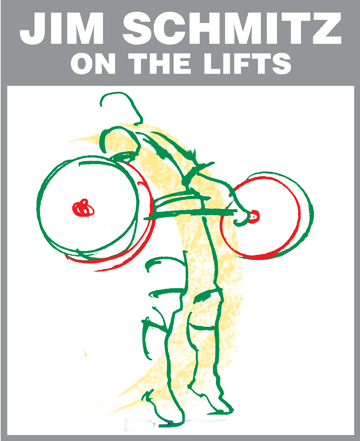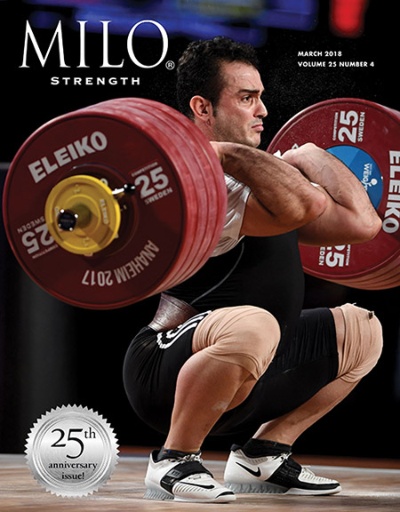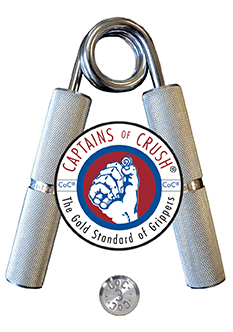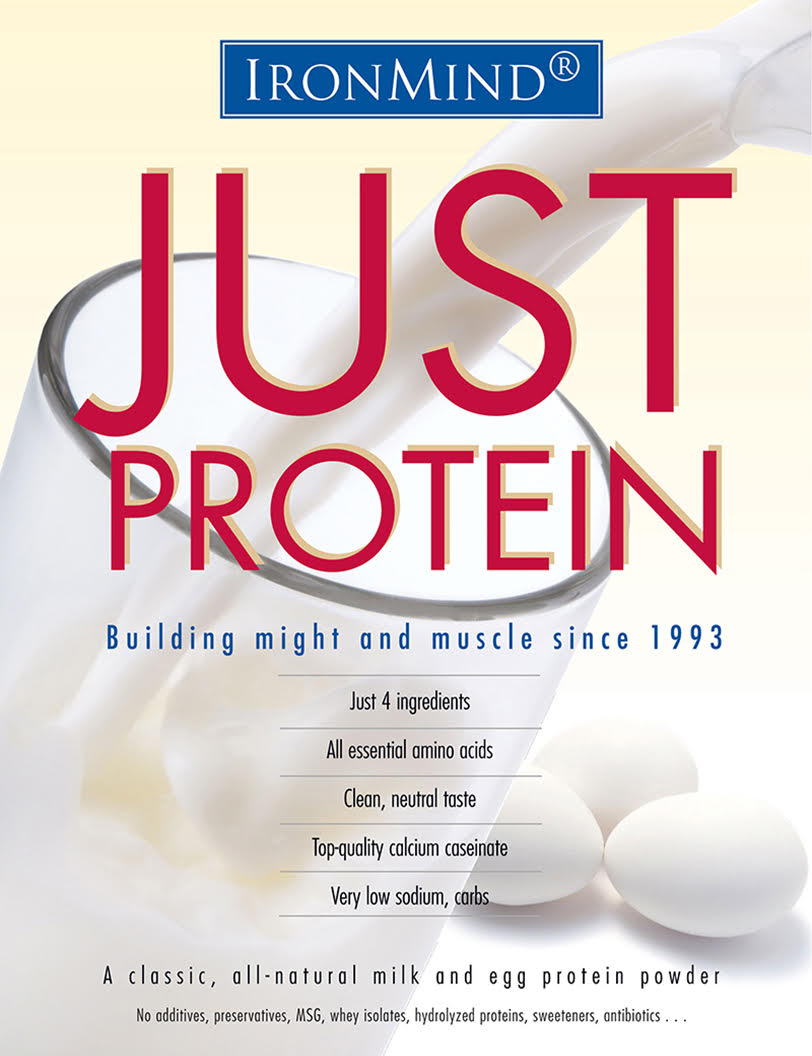
U.S. Olympic Weightlifting Team Coach 1980, 1988 & 1992 Author of Olympic-style Weightlifting for Beginner & Intermediate Weightlifters Manual and DVD
The lift that always gets an audience's attention and a response of "ooohhh" and "ahh" and "wow" is the squat jerk, a full, deep squat with the barbell directly overhead. Done after a full squat clean, you dip and drive the barbell up and instead of splitting your legs fore and aft, you drop into a full squat with the barbell directly over your head and your feet widen just a little. It's very spectacular and dramatic and I always wondered why it is done because it is two full squats with maximum weights. This lift requires tremendous shoulder flexibility. You know how hard overhead squats are with a snatch grip; now imagine doing an overhead squat with a clean grip. The squat jerk is not to be confused with the power jerk where you don't split your legs but drop into approximately a quarter squat position, as Pyrros Dimas and Kakhi Kakhiashvili did winning three Olympic gold medals each. However, whenever they went below parallel they missed their jerks!
I'm not sure when I first saw a squat jerk done, but I think it was at the 1979 World Championships in Thessaloniki, Greece, performed by a Chinese lifter whose name I can't recall. Every now and then I would see a lifter squat jerk and it always seemed to be a Chinese lifter. I can't completely say for sure because it was so rare and the lifter wasn't winning the class and coming back year after year until Zhan Xugang (69 kg and 77 kg) won the 1993 and 1994 Junior Worlds, the 1995 Senior Worlds, and the 1996 and 2000 Olympic Games. Zhan does a beautiful squat jerk, what I call picture perfect: rock bottom squat with a straight up and down body position. Besides winning two Olympic gold medals, Zhan also set world records in the clean and jerk, topping out with 207.5 kg (457 lb.) in 2000—I think he was the first really successful squat jerker.
Shi Zhiyong (62 kg) was the next successful squat jerker, winning the Junior Worlds in 1997 and 1999 and the 2004 Olympics in Athens. He won the Worlds in 2005 with his best clean and jerk performance with 190 kg (418 lb.) at 67.98 kg (148 lb.) bodyweight. Shi's squat jerk technique wasn't as perfect as Zhan's—Shi leaned forward some and didn't go to rock bottom as Zhan did.
Zhang Guozheng (69 kg) may be the second best squat jerker, as he won three World Championships (2002, 2003, and 2007) and the 2004 Olympic Games. Zhang's best clean and jerk was 192.5 kg (424 lb.) in 2002 and 2007, but his squat jerk was anything but pretty. He would be twisted and looked very unnatural in his bottom position, and he didn't go to rock bottom, but he made a lot of lifts with his unorthodox position.
The newest Chinese squat jerker is Lu Xiaojun (77 kg). Lu won the 2009 Worlds, setting a world record in the snatch (174 kg / 384 lb.), and then squat cleaned and squat jerked 204 kg (450 lb.) for a world record total of 378 kg (833 lb.). Lu is another picture-perfect lifter with beautiful technique: rock bottom squat and upright body position. Lu lost the 2010 Worlds because when he squat cleaned and squat jerked 206 kg (454 lb.) for the win, he couldn't rise from the bottom position. It looked as if the weight was in the correct postition, but he just couldn't stand—maybe it was just out of his groove.
Now more and more lifters from countries other than China, such as Armenia and even the USA, are doing the squat jerk. The first U.S. lifters to really do it were Cassie Clark, Stephanie Bodie, and Cara Heads, and they all had good success winning national titles and competing at the international level. Cara Heads placed seventh at the 2000 Olympics in the 75-kg class and her best squat jerk was 122.5 kg (270 lb.) done at the 1999 Worlds. It's interesting to note that although many Chinese men squat jerk, none of the women does—at least at the World and Olympic levels. I think the squat jerk would be more difficult for women as their arms and shoulders aren't as strong in relation to their legs and back as men's are.
USA's Kendrick Farris does a very unorthodox squat jerk. His is somewhere between a split jerk and a squat jerk and he doesn't really go into a full squat (but it's close) with his maximum weights. Kendrick did 202 kg (445 lb.) at the 2008 Olympics in the 85-kg class, where he placed eighth. His coach, Kyle Pierce, calls Kendrick's jerk a "splat," as it is somewhere between a split jerk and a squat jerk.
I have asked the coaches of these squat jerkers why their lifters do it and they say that they have tried the traditional split jerk, but the squat jerk works best for them. They said they train it just as they train any lift: practice, practice, and practice some more.

















